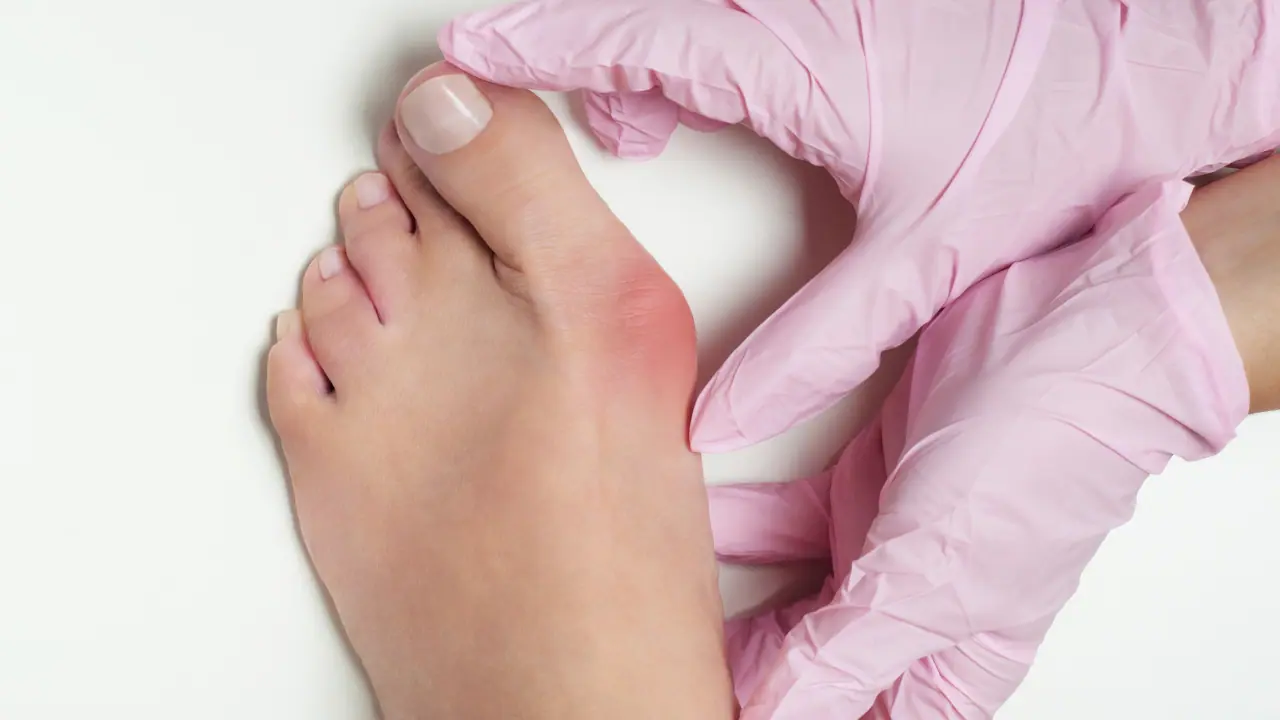
What Is a Bunion On The Foot: How It Is Handled?
When nonsurgical remedies for bunions don’t work and the pain of a bunion interferes with the daily activities, it’s time to talk with a foot and ankle surgeon about surgical options. You can decide whether or not surgery is best for you.
Bunions can be treated surgically using a number of different techniques. The procedures are intended to remove the bony “bump,” correct the changes in the foot’s skeletal structure, and possibly correct soft tissue changes. Surgery aims to lessen discomfort and deformity. A podiatrist in Houston TX, can help you.
The foot and ankle surgeon will consider your age, level of activity, and other factors, as well as the extent of your deformity based on the x-ray findings, when deciding which procedure or combination of methods is best for your specific case. Depending on the process or operations carried out, the length of the recovery period will change.
You’ve probably heard of bunions. Do you possess one? The bump on the side of the big toe is quite painful. Ask someone who knows; it looks ugly, and they are uneasy.
Some people are unsure if they have a bunion or something is wrong with them. This brief post will explain how to recognize and handle a bunion. If you live in Houston and are experiencing bunion pain, you may consider surgery, but first, read this post to learn everything that there is to know about this condition.
This article will explore what a bunion is, how it is handled and provide an insight into ways.
How To Recognize A Bunion
The side of your foot is where a bunion can be found. It will not be difficult to identify the bunion because it can become inflamed and resemble a red bump. You’ll also notice that your big toe is pointing in the direction of the other toe.
Feeling thick skin on the side of your toe is another indication that you have a bunion. You will be able to tell that something is wrong with your foot because it feels thick and hard. Redness is also clearly visible.
Your foot may be difficult to move, and you may also experience ongoing pain. Identifying a bunion is not at all difficult. To manage the bunion situation, you must be vigilant and adhere to some basic after-care instructions.
What Causes A Bunion?
Bunions may develop for a number of reasons. The phrase “it’s in your genes” is among them. Others claim that it might be because of the way your foot is built.
Another factor might be flat feet. You must therefore consult a physician, who will inquire about your family’s medical history and perhaps examine your foot. They will check for deformities as well.
When Do Bunions Get Worse?
There is a chance that the bunions will worsen if you wear tight shoes frequently. Wearing clothing that is too small or too tight can make the situation worse.
Your toes are forced to stick together by heels on shoes that are chunky or pointed. This may worsen the condition of the bunions.
Avoid standing or walking for long periods if you have bunions.
Read More: How to Get Rid of a Double Chin?
How Is Bunion Handled?
The majority of people believe that prevention is preferable to treatment. You can choose to have the procedure done in Houston, though.
There are competent medical professionals who can handle the situation and guarantee that your bunion shrinks or recommend surgery.
Your big toe may need to be positioned differently during surgery. The swollen tissue might also be removed by the doctor. Therefore, consult the physician first to determine which approach will be most effective for you. Never ignore it because doing so could cause more problems.
Consult a doctor if you notice bunions and they are painful. Your life will become simple and stress-free after the bunions are removed. You can move around, run, and wear as many stilettos as you want.
You might find it difficult to live your life freely if you have bunions on your toes. Remove those uncomfortable bumps!
On the side of the foot and at the base of the big toe, bunions are bony growths. They are brought on by a condition called hallux valgus, which makes your big toe joint bend inward and necessitates ankle surgery in Houston. Your toe might need to be surgically repaired if your issues last for a long time. Your big toe and metatarsals will need to be straightened through an osteotomy procedure. Even though it might stiffen your joints, this works to ease the pain.
Most operations can be completed in one day and last up to an hour. Your foot will be bandaged, and for the following four to six weeks, you must wear a Velcro surgical shoe.
Read More: 5 Tips to Choose the Best Cosmetic Surgeon in 2024
Summary
If rheumatoid arthritis is the cause of your bunion, rheumatoid nodules may develop. They can develop at pressure points such as your big toe joints, the back of your heels, or the tips of your toes, and they are solid, pea-sized lumps that can be surgically removed.
In addition to swelling or bursae on your foot’s joints, you can also have bunions, but these are not the same as hallux valgus bunions and don’t need surgery.


